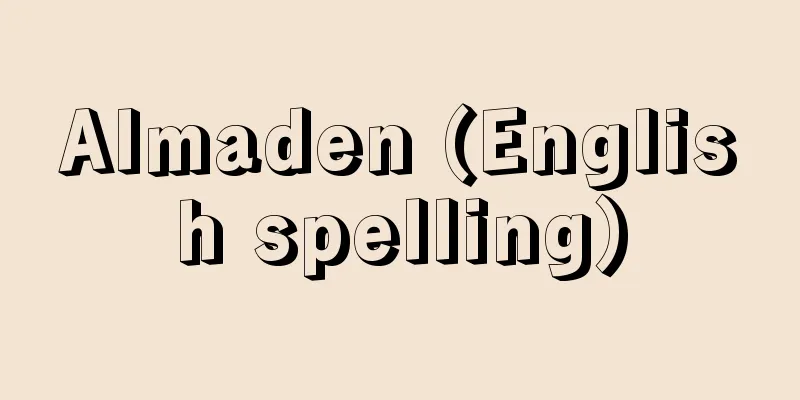Extracts - Shomono

|
These are notes written by those who attended lectures given by Zen monks from the Five Mountains of Kyoto and scholars of doctoral rank who commented on and lectured on Chinese classics, Buddhist scriptures, and some Japanese texts from the mid-Muromachi period to the early Edo period. They also include lecture drafts by the lecturers and annotations written in a lecturing tone. Many of these have titles that add "excerpts" to the original texts that were the subject of the lectures, such as "Abridgement of the Analects," "Abridgement of the Records of the Grand Historian," "Sanryakusho," "Du Shisho," "Abridgement of the Blue Cliff Records," and "Abridgement of the Tei-ei Shikimoku," so they are called this way in the same way as "oraimono" (common texts). Today, a huge number of excerpts are preserved in temples and libraries throughout Japan. Some of the most well-known excerpts include the "Shiji Sho" (Records of the Grand Historian) by Bokuchu Bonyu, the "Shiji Sho" (Records of the Grand Historian) by Togen Zuisen (1430-89), the "Gyokujin" (Records of the Gyokujin) by Iko Myoan (1480-1567), the "Moshikan Suikougi" (Records of the Mao Shikan Suikougi) by Kiyohara Nobukata (1475-1550), and the "Moshikan Suikougi" (Records of the Mao Shikan Suikougi) by Hayashi Souji (1498-1581). The texts of these excerpts are often written in a zo-style (some in nari-style) style, with annotations of selected words from the original text. Here is an example from the "Shiji Sho" (Records of the Grand Historian) section of Togen. The eldest son - the tattooed body and cut hair, because the common man of Jingban spent his life in the water, painted his body, made blackheads, cut his hair, and made himself unattractive. The dragon dragon was a descendant of Wu Taibo, as Nakaiwa had compiled the Nihon Shoki, but it is not correct to say that Kunitokotachi no Mikoto was a descendant of Wu Taibo. Nakaiwa and other people were also told to do so. As they reflect the spoken language of the time, they are highly valuable as research materials for the Japanese language of the Muromachi period, along with Christian materials and Kyogen scripts. Extracts made by Soto monks are research materials for the eastern dialects of Japan. Furthermore, the annotations on the extracts are not merely annotations of the original texts, but often aim to provide encyclopedic knowledge, and are therefore of interest from various angles. They are of interest and are used not only in the field of Chinese philosophy and literature, but also in the field of Japanese literature and Japanese history. [Seiji Yanagida] "Language Studies in the Muromachi Period" by Yukichiro Yuzawa (1929, Ookayama Shoten) " ▽ "Shobutsu Daikei" edited by Norio Nakata (1970-75, Benseisha)" ▽ "Shobutsu Shiryo Shusei" edited by Masao Okami and Mitsunobu Otsuka (1971-76, Seibundo Publishing) Source: Shogakukan Encyclopedia Nipponica About Encyclopedia Nipponica Information | Legend |
|
室町中期から江戸初期にかけて、京都五山の禅僧や博士(はかせ)家の学者などが漢籍や仏典や一部の国書を注解・講義した際に、これを受講した者が筆記した聞書(ききがき)。さらに講者の講義用草案や講義口調で書いた注釈をもこれに含める。『論語抄』『史記抄』『三略抄』『杜詩(とし)抄』『碧巌(へきがん)録抄』『貞永(じょうえい)式目抄』などのように、講義の対象となった原典名に「抄」を付した書名をもつものが多いため、「往来物」などと同じ仕方でこうよばれる。今日膨大な量の抄物が全国各地の寺院や図書館などに伝存するが、代表的な抄物としては、牧中梵祐(ぼくちゅうぼんゆう)講、桃源瑞仙(とうげんずいせん)(1430―89)聞書・抄『史記抄』、惟高妙安(いこうみょうあん)(1480―1567)抄『玉塵(ぎょくじん)』、清原宣賢(きよはらのぶかた)(1475―1550)講、林宗二(りんそうじ)(1498―1581)聞書『毛詩環翠口義(もうしかんすいこうぎ)』などをあげることができる。その本文は、原典の語句を抽出して、それについて片仮名交りゾ体(ナリ体のものもある)の文体で注釈するものが多い。桃源『史記抄』の周本紀の部分から例示する。 長子――文身断髪ハ、荊蛮(ケイバン)ノ俗一生水ニツカリテヲルホドニ、身ニ画ヲカイタリ、イレハウクロ(入黒子)ヲシタリ、髪ヲ断テ、ヲソロシサウニシタリナンドスルゾ。蛟竜(カウリユウ)ガクラウホドニカウシテヲドスゾ。中岩ノ日本紀ヲ撰(セン)セラレタニ、国常立尊(クニトコタチノミコト)ト云ハ呉太伯ノ后裔(コウエイ)ヂヤナンドヽ云ハ、不合事ゾ。中岩ホドノ人ヂヤガウツクシウモ不合事ヲヲセ(仰)ラレタゾ。 当時の口頭語を反映するため、キリシタン資料、狂言台本とともに、室町時代日本語の研究資料として価値が高い。曹洞(そうとう)僧によって作成された抄物は、東国方言の研究資料となる。また、抄物の注釈は、原典の単なる注釈にとどまらず、百科全書的知識を与えようとしていることが多く、種々の面から注目される。中国哲学・文学はいうまでもなく、国文学、国史学の立場からも注目、利用されている。 [柳田征司] 『湯沢幸吉郎著『室町時代の言語研究』(1929・大岡山書店)』▽『中田祝夫編『抄物大系』(1970~75・勉誠社)』▽『岡見正雄・大塚光信編『抄物資料集成』(1971~76・清文堂出版)』 出典 小学館 日本大百科全書(ニッポニカ)日本大百科全書(ニッポニカ)について 情報 | 凡例 |
Recommend
Macro
〘Noun〙① (adjective) (macro) Being huge. Also, bein...
Ritual implements - Saigu
Tools, implements, and material elements that mak...
Private monopoly -
An act prohibited by the Antimonopoly Act. It is &...
Rhythmic gymnastics - Shintaiso (English name)
Competitive gymnastics incorporating many element...
pants
〘noun〙 (pants)① A general term for short pants-sty...
Ahmad Katib (English spelling)
...This work influenced other Arab countries, and...
Cephaelis acuminata (English spelling) Cephaelisacuminata
…[Mr. Makoto Fukuoka] [Mr. Aya Nitta]. … *Some of...
severum
...They mature at about 8cm and lay eggs in pairs...
Gunnera manicata (English spelling) Gunneramanicata
… [Mitsuru Hotta]... *Some of the terminology tha...
Engi no Junkan - Engi no Junkan
…Or, old age and death exist because there is lif...
Nishiki-koji Street
The name of a street in Nakagyo Ward, Kyoto City. ...
singing sand
...However, the future of sand supply to meet dem...
Adulthood - Adulthood
…Rite of Passage [Ken Nakamura] [Adults and Elder...
Alfer - Alfer
…He then elucidated the composition of an iron-ni...
Morales, C.de (English spelling) MoralesCde
...The most important song composer of this perio...









